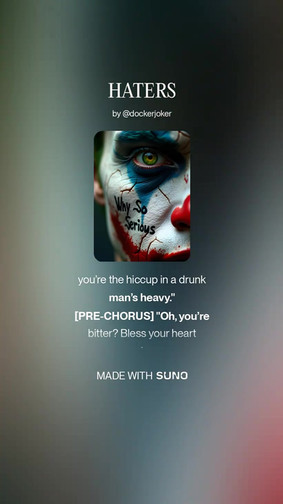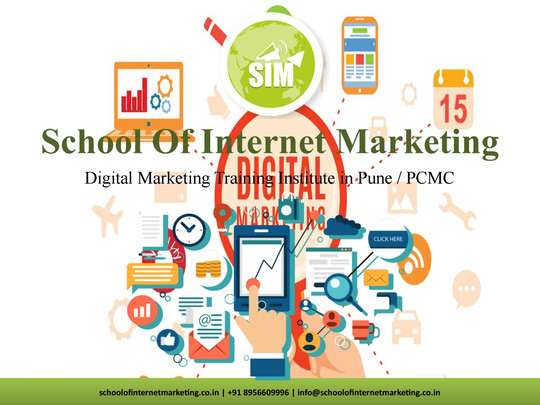HOME | DD
 Sree5025 — Effective CTA Strategies in Digital Marketing
Sree5025 — Effective CTA Strategies in Digital Marketing

Published: 2023-09-05 18:15:52 +0000 UTC; Views: 40; Favourites: 0; Downloads: 0
Redirect to original
Description
In the world of digital marketing, where attention spans are fleeting and competition is fierce, mastering the art of creating effective call-to-action (CTA) strategies is crucial for success. A CTA is a prompt that encourages your target audience to take a desired action, such as signing up for a newsletter, making a purchase, or downloading a resource. In this article, we will explore some tips and examples of effective CTA strategies that can help you drive conversions, grow your email list, and ultimately achieve success in your digital marketing efforts.
A call-to-action is a short prompt for a user to take an action desirable to your business, such as signing up for your email newsletter or making a purchase. Your marketing materials should include CTAs to encourage your audience to move one step closer to buying your products or services. Marketing copy that does not have a CTA can leave prospects feeling unsure of what to do, resulting in them doing nothing, moving on, and potentially losing a sale.
Tips for Crafting Effective CTAsUse Action-Oriented Language: CTAs should use strong, action-oriented language that clearly communicates what you want your audience to do. Use verbs that encourage action, such as "Download," "Sign up," or "Shop now." This type of language helps to create a sense of urgency and encourages your audience to take immediate action. In the world of digital marketing, where every interaction is a potential opportunity, the use of action-oriented language within your call-to-action (CTA) can be the difference between passive browsing and active engagement.
Create a Sense of Urgency: To motivate your audience to act quickly, create a sense of urgency in your CTAs. Use phrases like "Limited time offer," "Don't miss out," or "Act now" to convey a sense of scarcity or time sensitivity. The art of urgency revolves around using strategic language to convey a message that time is of the essence. This approach compels your audience to act swiftly, triggering a heightened sense of curiosity and a fear of missing out (FOMO) that drives them toward decisive action.
Be Clear and Concise: Make sure your CTAs are clear and concise, leaving no room for confusion. Use simple and straightforward language that clearly communicates the desired action. Avoid using jargon or technical language that your audience may not understand. Think of your CTA as a messenger who is delivering a crucial message. However, this message needs to be very clear. Use language that explains the desired action clearly. Use straightforward commands rather than complex sentences.
Provide a Benefit: Highlight the benefits your audience will receive by taking the desired action. Whether it's a discount, exclusive content, or a free trial, clearly communicate the value they will gain. This type of language helps to create a sense of excitement and encourages your audience to take action.CTA buttons aren't just gateways to engagement; they are invitations to experience tangible benefits. A well-communicated benefit can evoke emotions such as joy, curiosity, or even relief. When users perceive your CTA as a gateway to a better experience, they're more likely to take action driven by these positive emotions.Use Contrasting Colors: Using contrasting colors is an effective strategy for making your call-to-action (CTA) visually stand out and grab the audience's attention. This strategy involves choosing colors that contrast with the rest of the page to ensure that the CTA is easily noticeable. According to studies, using contrasting colors can help draw attention to your CTA and encourage your audience to take action. When selecting colors for your CTA, it's essential to consider the color scheme of your website and ensure that the color you choose stands out and catches the user's attention.Test and Optimize: Continuously test and optimize your CTAs to improve their effectiveness. Experiment with different wording, placement, and design to see what resonates best with your audience. Analyze the performance of your CTAs and make data-driven decisions to optimize future campaigns.
Here are 10 common call-to-action examples that are frequently used in digital marketing:
These CTAs are commonly used because they are clear and concise and encourage the audience to take immediate action. They can be used in various forms, such as text links, buttons, or plain text with no link. It's important to note that the effectiveness of a CTA depends on various factors, such as the audience, the context, and the placement. Therefore, it's essential to test and optimize CTAs to ensure they are tailored to the audience and business goals.
Effective CTAs are crucial for digital marketing campaigns. By using action-oriented language, creating a sense of urgency, being clear and concise, providing a benefit, using contrasting colors, and testing and optimizing, businesses can create CTAs that encourage their audience to take the desired action. Remember to always keep your target audience in mind and tailor your CTAs to their needs and preferences. With these strategies in place, you'll be well on your way to driving meaningful results and achieving success in your digital marketing efforts.
Want to learn more about digital marketing? Visit us - TOP DIGITAL MARKETING INSTITUTE IN INDIA















